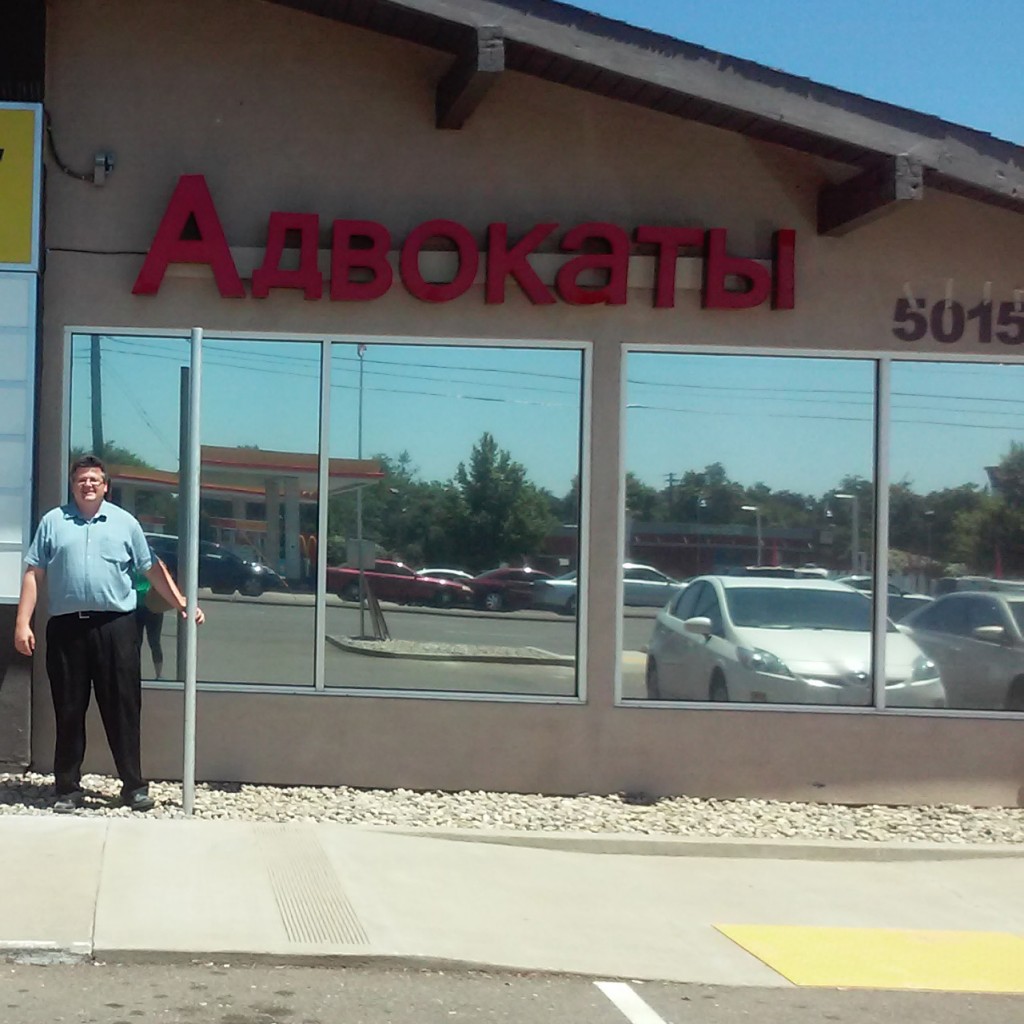There are three things that all debtors who are contemplating bankruptcy should strive avoid prior to filing: (1) obtaining or using credit with no intent to pay it back; (2) preferential payments; and (3) voidable transfers. My goal in this article is to briefly explain the origins of these concepts, why they are harmful to your bankruptcy, and what can be done to alleviate the damage that may have already been done.
The first and most common mistake is obtaining or using credit with no intent to pay it back. For example, a few days prior to your bankruptcy you max your credit cards with purchases of jewelry, vacations, and cash advances totaling several thousand dollars. When this happens the harmed creditor can file an adversary proceeding prior to your discharge, wherein the creditor will seek an exception to your discharge in regards to its specific debt. The bankruptcy code specifically states under 11 U.S.C. §523(a)(2) that a discharge does not discharge an individual debtor from any debt for money, property, services, or an extension, renewal, or refinancing of credit, to the extent obtained by false pretenses, a false representation, or actual fraud. The code later defines consumer debts owed to a single creditor and aggregating more than $500.00 for luxury goods or services incurred by an individual debtor on or within 90 days before the order for relief under this title are presumed to be nondischargeable; and cash advances aggregating more than $750.00 that are extensions of consumer credit under an open end credit plan obtained by an individual debtor on or within 70 days before the order for relief under this title, are presumed to be nondischargeable.
So what all this means is that if you charge up more than $500.00 for luxury goods or take a cash advance in excess of $750.00 within 70 days of filing it is presumed to be non-dischargeable. From an evidentiary stand point it is typically very difficult for a creditor to prove fraud and even harder to prove intent. But when the above mentioned dollar amounts are exceeded the creditor no longer needs to prove anything but rather the debtor now must disprove the allegation. The moral of the story is be careful when charging large amounts of money just prior to bankruptcy, but if you do, get ready to explain why your purchases were life necessities rather than luxuries or that your intent was never to defraud anyone but rather you had a life emergency such unemployment, sickness, or a divorce just to name a few.
The second most common mistake prior to filing for bankruptcy is making a preference payment. While preference payments do not hurt the debtor, they do hurt the recipient of the preference which often a very close friend or relative of the debtor. 11 U.S.C. §547(b)(4)(B) provides that the trustee may avoid any transfer of an interest of the debtor in property made within one year before the date of the filing of the petition, if such creditor at the time of such transfer was an insider. An insider is defined as the debtor’s friend, relative, or business partner. For example suppose the debtor owed $10,000.00 to a credit card, $5,000.00 for a personal loan, and $1,000.00 to his parents. Then within one year of bankruptcy that same debtor pays off his parents in full and still owes for the credit card and personal loan. Under this scenario the trustee would move to recover the funds from the preference receipt, i.e. the parents, and then proceed to evenly distribute the recovered $1,000.00 evenly to all three creditors distributing in accordance to the percentage of the debt that each owed. The credit card would receive be $625.00, the personal loan would get $312.50, and parents would get back just $62.50. To avoid this problem I encourage all debtors to either not make preference payments in the first place or if they already had, to unwind them themselves, file the petition, and then pay off the insiders post filing.
Lastly, some debtors make the mistake by completing voidable transfers, otherwise known as fraudulent transfers. For example, if you give away or sell your new car for significantly less than it is worth to a sibling before filing, in order to shield it from your creditors. While some transfers may seem to be innocent on the surface or perhaps performed when you were not even thinking of bankruptcy, the trustee, nevertheless has up to two years to avoid and reverse any such transfer. Once again the consequences of a voidable transfer are suffered by the recipient of the transfer. Like in the preference scenario above, the trustee again can unwind the transaction and then liquidate the recovered asset, and then distribute those proceeds to your unsecured creditors. The recipient on the other hand would receive any funds paid for the avoided transfer and in the event of a gift would be totally out of luck. If you are thinking about bankruptcy and are worried that you might have inadvertently created a voidable transfer scenario please give me a call so we can discuss. I can answer your questions, help you with lawful pre-bankruptcy planning, and manage any issues that come up along the way.
To learn more about how to avoid these mistakes in bankruptcy and many more, please call Mark Shmorgon at 916-640-7599 or write him at shmorgonlaw@gmail.com.




